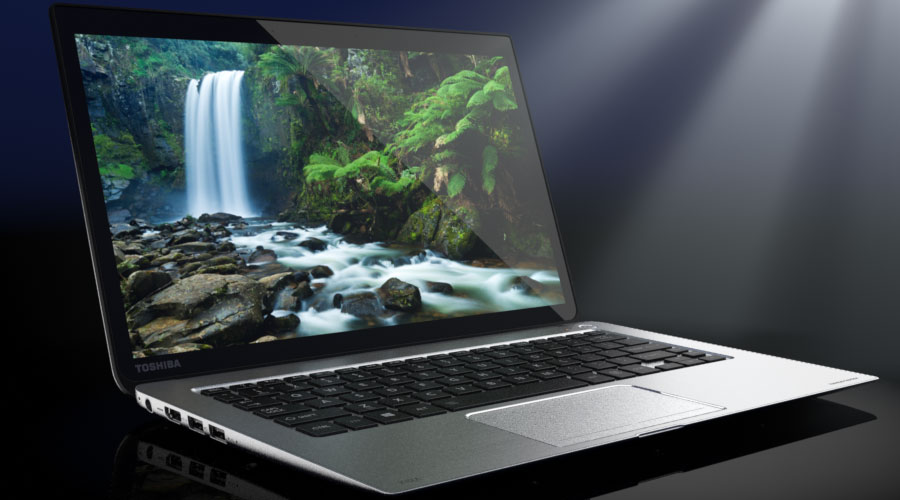Yesterday Toshiba released their Kira laptop computer – a premium device aimed at the ‘aspirational’ market.
The Kira is a fine device with good specs, little weight and an ambitious $2,000 price point. It probably also marks the laptop computer’s decline.
As tablet computers and smartphones become most people’s preferred computer devices, the laptop computer is becoming a niche device and increasingly less relevant to most technology users. The Kira is fighting for the share of a marketplace that has moved on.
Losing the Aspirationals
Unfortunately for Toshiba, those aspirational customers are locked into their Apple iPads and Sumsung smartphones. Laptops are seen as work devices more valued for their portability and cost.
“We have to give our customers a reason to upgrade their computers,” said Mark Whittard, the Managing director of Toshiba Australia.
The problem is computer users have little reason to upgrade, as nice as the Kira is the price point is just too high for customers who’ve been groomed to expect sub – thousand dollar systems and there are few compelling reasons to buy such a device.
Caught in a pricing pincer
Price points are probably the biggest problem for computer manufacturers – one of the reasons for the tablet computer’s success is they delivered an easy to use, portable computer for half the price of a portable computer.
At the same time the rise of netbooks and the rush to dump unwanted Microsoft Vista and Windows 7 stock onto the market groomed customers to expect cheap computers – few computer buyers are interested in spending more than a thousand dollars on a device.
These factors have squeezed the margins of the major manufacturers like Dell, HP and Asus.
Those pressures are going to increase as volumes fall. For much of the 2000s, laptop computers were fast moving consumer goods – pricing and profits were based on moving large numbers of the devices.
As manufacturing volumes fall, those devices are going to lose their economies of scale which will put further pressures on vendors’ margins.
Laptops aren’t going away, they still have a role for power users – particularly for those, like this writer, who need a tactile keyboard and media editing capabilities.
However those feature rich devices with their nice keyboards are going to cost more as parts become more expensive.
For laptop vendors the challenge is to find the profitable market niches and exploit them. In some ways Toshiba probably has a better opportunity than most with its range of premium and gaming portable computers.
Those in the market hoping the happy days of big volumes and good profits will return to the laptop PC market are in for a painful future. It’s something retailers, resellers and vendors need to understand.




